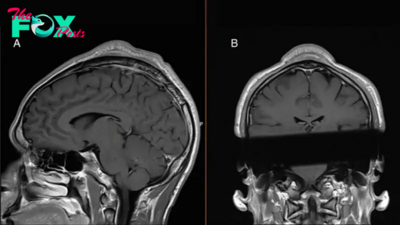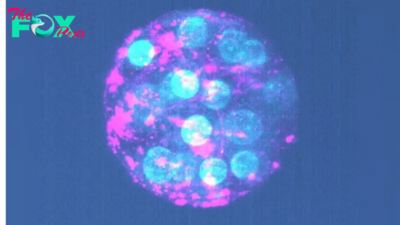Health
'Look at all this we don't understand': Study unravels whole new layer of Alzheimer's disease
Different versions of RNA encoded by single genes may play a role in Alzeimer's disease, new research suggests. These genetic molecules could point to new treatments and ways to spot the disease before its symptoms set in, scientists hope.
The new study, published Wednesday (May 22) in the journal Nature BioTechnology, zooms in on RNA, a cousin of DNA. Among other functions, RNA copies instructions from DNA and relays them to a cell's protein builders. Through a process called "alternative splicing," though, one gene can give rise to many versions of RNA, called isoforms, which in turn may play very different — or even opposite — roles in cell function.
This is possible because genes are made up of building blocks called exons and introns. The exons contain the important instructions for making proteins, and to make RNA, cellular machinery typically "splices" out the introns, leaving only exons behind. But alternative splicing opens the door to new possibilities — the cell might cut out some exons along with the introns, or perhaps leave a few introns in the final RNA molecule. The mastermind behind this snipping process is known as the spliceosome, and its splicing is directed by various molecules in the cell.
Thus, thanks to the spliceosome, one gene can make many RNA, although "most genes only express a single isoform," said senior study author Mark Ebbert, a principal investigator and assistant professor at the University of Kentucky College of Medicine. "There's a large proportion that have multiple, but there are some that have a wild number," occasionally in the tens or hundreds.
Related: Scientists just discovered a new way cells control their genes — it's called 'backtracking'
In their new study of human brain tissue, Ebbert and his colleagues uncovered 700 RNA isoforms that had never been described before. And they found that the levels of nearly 100 of these isoforms differed in the brains of people with and without Alzheimer's.
Notably, the genes behind these isoforms were equally active in both groups of people. This suggests that if scientists only look at a gene's overall activity but not at the different RNAs it's making, they miss out on this nuance.
-

 Health10h ago
Health10h agoTeens Are Stuck on Their Screens. Here’s How to Protect Them
-

 Health16h ago
Health16h agoHow Pulmonary Rehab Can Help Improve Asthma Symptoms
-

 Health16h ago
Health16h ago10 Things to Say When Someone Asks Why You’re Still Single
-

 Health1d ago
Health1d agoThe Surprising Benefits of Talking Out Loud to Yourself
-

 Health1d ago
Health1d agoDoctor’s bills often come with sticker shock for patients − but health insurance could be reinvented to provide costs upfront
-

 Health2d ago
Health2d agoHow Colorado is trying to make the High Line Canal a place for everyone — not just the wealthy
-

 Health2d ago
Health2d agoWhat an HPV Diagnosis Really Means
-

 Health2d ago
Health2d agoThere’s an E. Coli Outbreak in Organic Carrots



























